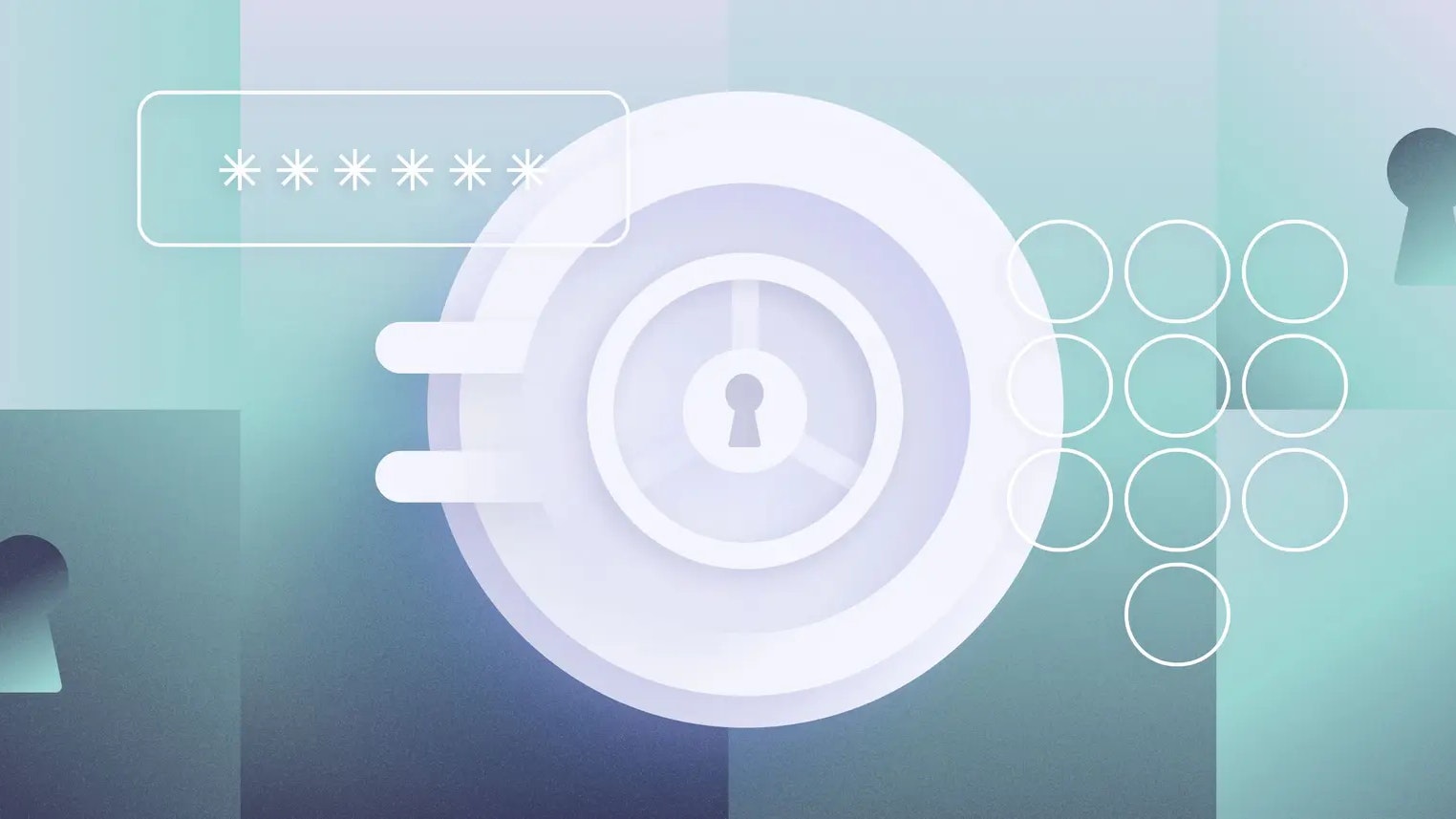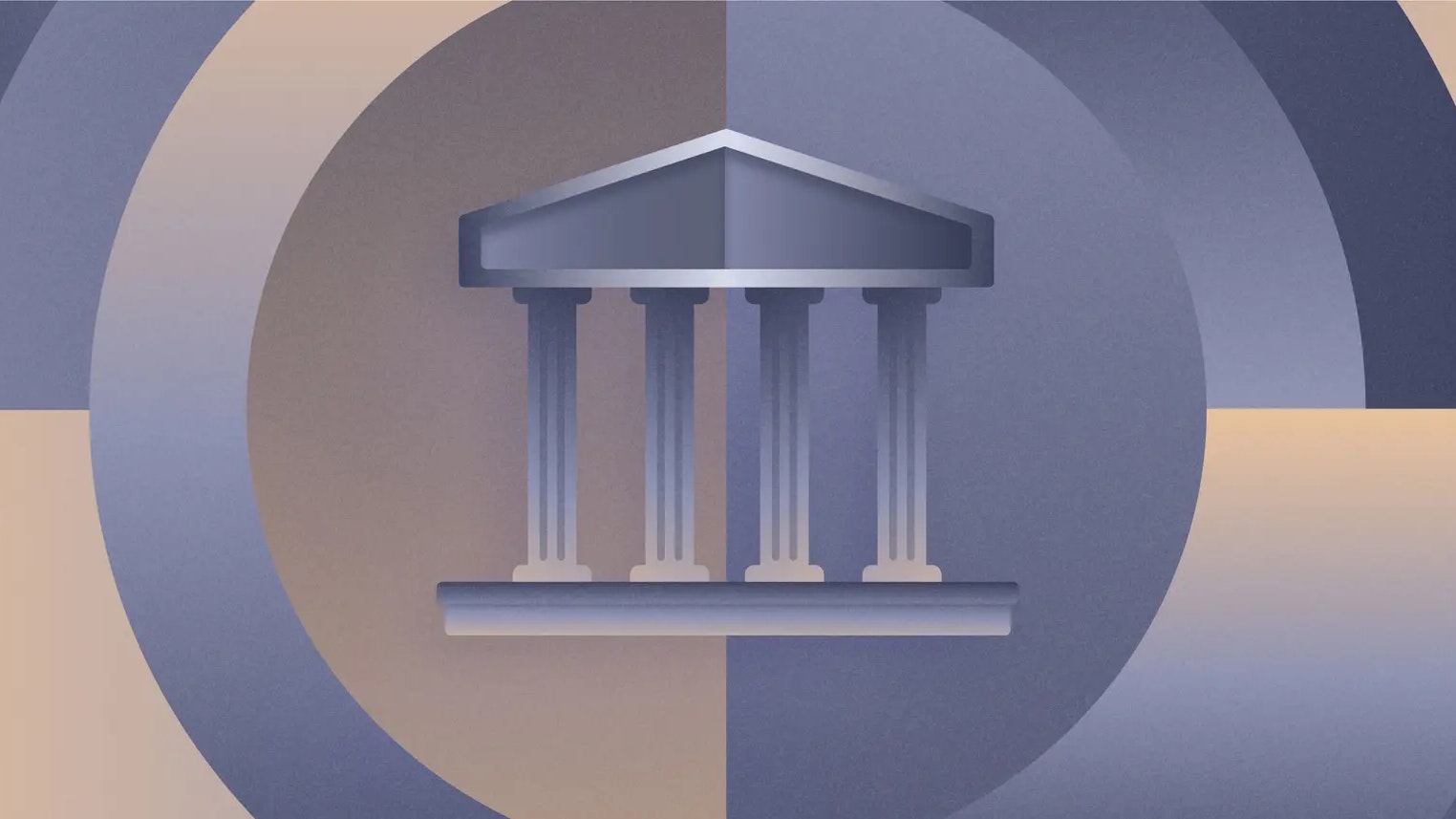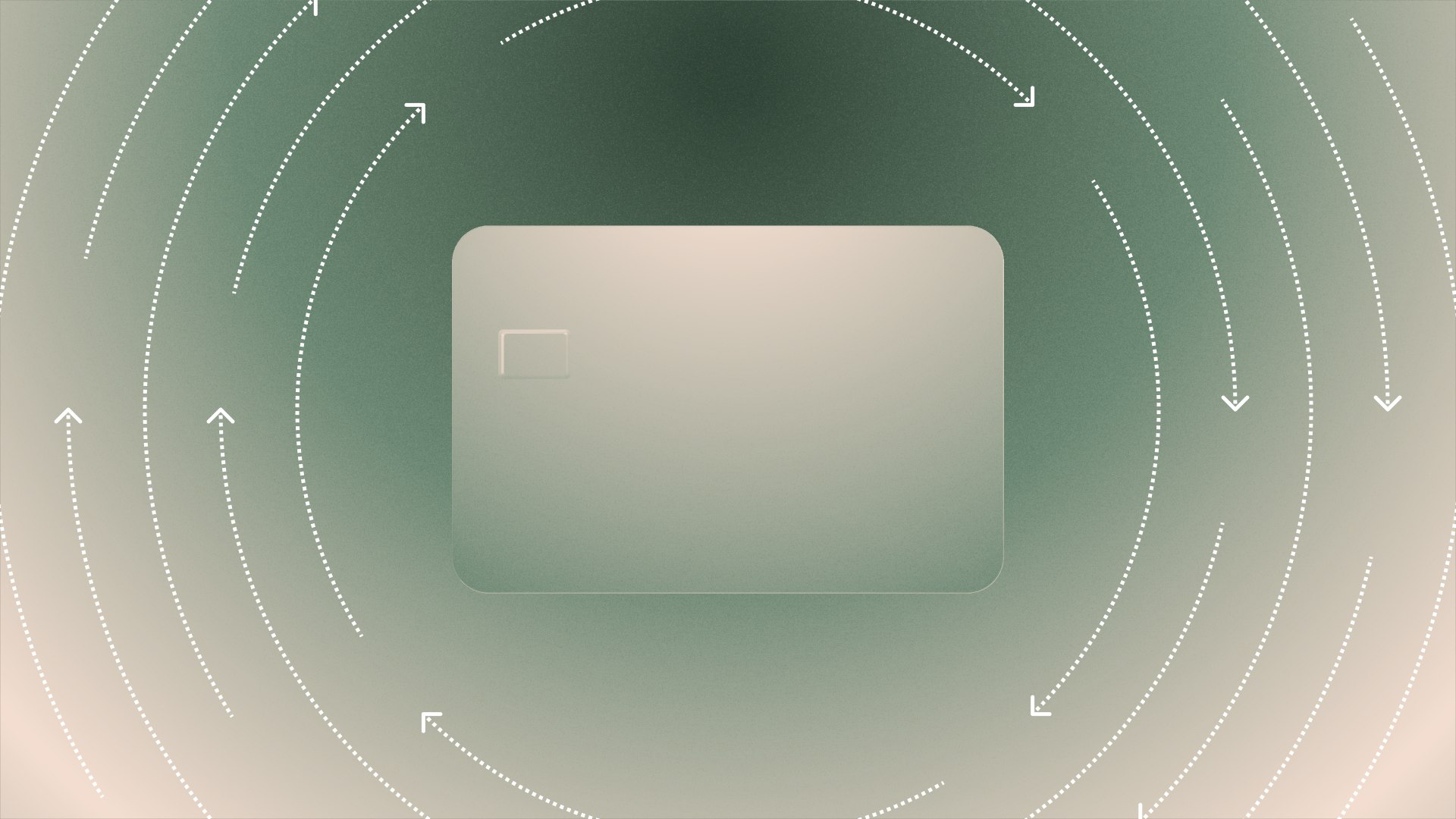How safe are fintechs compared to traditional banks?

TL;DR: Are fintechs as safe as banks?
- FDIC insurance applies. Most fintechs partner with chartered banks, meaning deposits are insured up to $250,000 per bank, and sweep networks can expand that coverage.
- Security standards are modern. Encryption, multi-factor authentication, and real-time monitoring keep accounts secure.
- Faster and more flexible. Fintechs typically offer faster onboarding, digital-first interfaces, and API access designed for startups and small businesses.
- Traditional banks still have advantages. Physical branch access, cash deposit handling, and broader product menus remain benefits of established banks.
While both fintech platforms and traditional banks can keep your money safe, they differ in how they operate and who they serve best. Here’s a side-by-side look at the key differences:
Feature | Fintechs (e.g., Mercury) | Traditional banks |
|---|---|---|
Account types | Business checking/savings, often tailored to startups | Full suite: checking, savings, loans, credit cards |
Bank charter | Typically partner with chartered banks | Hold their own bank charters |
FDIC insurance | Yes, via partner banks (often extended through sweep networks) | Yes, standard up to $250k per depositor |
Physical branch access | None; digital-only | Nationwide/local branches available |
Onboarding speed | Fast—minutes to days, entirely online | Often days to weeks, with in-person steps |
Personal guarantee | Rare for deposit accounts; may apply to loans | Common for business loans and credit lines |
Underwriting (loans/credit) | Limited, focused on startups and SMBs | Broad range, traditional credit underwriting |
API access | Common—designed for integrations | Rare or unavailable |
Cash deposits | Not supported or limited | Fully supported at branches and ATMs |
User experience (UX) | Modern, mobile-first, transparent fees | Often legacy systems, less startup-friendly |
Ideal customer | Startups, SMBs, digital-first businesses | Broad consumer base, enterprises, local businesses |
The familiarity of brick and mortar banks can make us feel like they’re infallible, in a league of their own. But every so often, we’re reminded that the unthinkable can happen, as was the case as recently as March 2023, where the collapse of Silicon Valley Bank marked the second-largest bank failure in U.S. history.
In these moments, as depositors scramble to protect their funds, the resounding question is: Where’s the safest place to hold my money? And in the age of digital banking and fintechs, a quick follow-up might be: Am I better off with a big bank, or is a fintech just as safe? The answer, in fact, requires us to rethink the question...
Are traditional banks safer than fintechs?
The fact of the matter is that pitting fintechs against traditional banks overlooks the interesting relationship between the two. In actuality, it’s usually not an “either or,” but an “and.” Many leading banking fintechs, or fintechs, are — as the disclaimers on their websites and email footers will frequently remind you — not banks. Instead, they are service providers that sit between traditional banks and depositors (whether consumers or businesses) — the goal being to offer a powerful user interface that creates a more streamlined, tech-enabled banking experience where there’s less need for manual busywork, less room for human error, and more room to excel at greater fraud prevention and security.
In the end, the case for a lot of fintechs — including Mercury — is that banking services pass through government-regulated, FDIC-insured banks, removing the need for depositors to deal directly with those banks and making it so that deposits aren’t actually held at a fintech, but rather at a regulated partner bank. The fintech then manages the bank relationship on behalf of a client while delivering the most seamless user experience possible.
Looking at the differences between a traditional bank and a fintech, Casey Jennings, attorney at Seward & Kissel specializing in financial service regulation, notes that there’s no fundamental difference between the two when it comes to certain key functions, like the availability of deposit insurance, for example. “With a fintech, it’s a two-party arrangement — the company — or 'neobank' — is the customer-facing entity, but they aren’t providing banking services,” says Casey. “All the banking services — whether that be deposit products, check writing, debit card, credit card issuance, etc. — are handled by a bank. With the fintech, you're layering an interface on top of an existing traditional bank.”
Addressing common critiques around fintech safety
With this relationship in mind, we can shift our attention from comparing fintechs and traditional banks, and instead hone in more specifically on fintechs to better understand how they operate. Here, we tackle some of the common critiques that typically surface regarding the safety of fintechs:
Critique #1: Fintechs are more exposed to security risks
On the security front, a lot of the concerns that typically surface regarding fintechs and digital-first banking platforms are around access. There’s often a question of whether going fully digital creates an increased security concern by making funds and information more susceptible to cyber attacks, like phishing and online hacking.
The reality, though, is that a lot of banking in today’s world is happening digitally anyway — whether through a fintech or a legacy bank. Most legacy banks have implemented digital banking solutions, including online banking dashboards and mobile apps, to cater to an increasingly digital-first world. The difference is that fintechs, unlike their standalone traditional bank counterparts, aren’t simply layering a digital component onto a clunky banking framework. Instead, they are built as digital-first platforms from the ground up, pouring their resources into creating an optimized digital experience with layered security, including robust authentication and access protocols like multi-factor authentication.
Critique #2: Fintechs aren’t safe because they aren’t regulated in the same way as banks
As Casey notes, the reality is that fintechs are not inherently less safe than closely regulated financial institutions — they’re just subject to different requirements because of their unique relationship with their banking partners. Actually, because of that relationship, fintechs sometimes have two layers of safety measures: those that they might voluntarily undertake to mirror regulatory requirements imposed on banks and protect their customers, and those that their banking partners impose on them contractually
“From the perspective of some bank regulators, the fintech isn’t the main party — the banks are,” says Casey. “Legally, the fintech is a banking service provider — providing services on behalf of a regulated bank. The partner banks are then fully regulated in compliance with federal law.”
In this way, while the fintech might not be subject to direct regulation like a traditional bank, it can only offer the banking services that it does with a government-regulated banking partner behind it. To that end, a fintech is still reliant on banking regulation in order to offer customers banking services.
Critique #3: Fintechs don’t offer reliable protection or insurance for cash
There is a notion, likely stemming from the novelty and subsequent misunderstanding of fintechs, that cash is inherently safer with a traditional bank because of guarantees like FDIC insurance. But again, this school of thought misses a key fact: fintechs work with traditional banks to provide banking services to their customers. As a result, when the relationship is set up and documented correctly, depositors are able to access FDIC insurance with just as much reliability at a fintech as if they were to go directly to a traditional bank.
“Again, all the [fintech’s] banking services are handled by a bank — and that bank is going to be chartered under either state or federal law, and deposits will be insured by the FDIC up to the insurable limit,” says Casey. “If you're an FDIC-insured bank, you're an FDIC-insured bank. There are no caveats or situations where some banks get certain deposit insurance and other banks don’t. It’s one-size-fits-all.”
In fact, there are some cases where the fintech will actually unlock more FDIC insurance for a depositor by facilitating a customer’s ability to opt into a partner banks' sweep network — through which those partner banks can spread deposits across a network of FDIC-insured banks to offer a total of 4x, 10x, or even 20x the per bank FDIC insurance limit. While traditional banks could offer expanded FDIC insurance through the same methods, many choose not to purely for business reasons.
“Many banks would rather keep the money at the bank, even if it's uninsured,” says Casey, reiterating that it all comes down to how banks use customer deposits to make money, either by loaning it out or investing it. “If the bank sweeps the money off their books, they can no longer use that money in their business.” What this means is that some traditional banks have a business incentive to keep the depositor’s cash at the bank above the insurable limit.
That said, sweep networks are a proven and effective way to offer greater insurance on deposits, with fintechs being uniquely positioned and structured to offer this benefit in a way that many legacy banks simply can’t or wouldn’t want to.
How FDIC sweep networks work
Most fintechs don’t hold deposits directly—they partner with a network of chartered banks. When you deposit funds, your money is automatically “swept” across multiple partner banks, with no extra work on your part. Each partner bank provides up to $250,000 of FDIC insurance, so by spreading deposits across many banks, your total insured balance can be much higher than the standard cap.
Critique #4: Fintechs are more prone to failure
There’s a general feeling in the banking space that large legacy banks, at the end of the day, are simply too big to fail. The idea isn’t unwarranted, especially considered in the context of the systemic risk exception to least-cost resolution (LCR) that went into effect as part of the Federal Deposit Insurance Improvement Act (FDICIA) of 1991. LCR created a provision authorizing the FDIC and other federal banking supervisors to resolve potential problems with banks early and quickly rather than defaulting to regulatory forbearance, which would keep a failing bank open longer — thus leading to more losses before it ultimately failed at the expense of the FDIC and taxpayers. However, LCR came with a systemic risk exception, which made it so that a bank failure that posed widespread risk to the banking system or economy — i.e., usually the big-name banks — would warrant waiving LCR in favor of open bank assistance. In such an event, the failing bank could receive emergency assistance in the form of a direct loan, assisted merger, or asset purchase.
That said, just because the failure of a big bank would warrant government intervention where that of a smaller bank wouldn’t, fintechs and their banking partners — often smaller community banks — aren’t necessarily more prone to failure. In fact, some argue that, because they can’t fall back on the promise of a government bailout, smaller community banks are inherently more focused on managing their risk and liquidity — often defaulting to more conservative behavior, healthier capital ratios, and more diversified portfolios.
Critique #5: If a fintech fails, you would lose access to your funds
When considering the safety of a potential banking partner, depositors need to go beyond just doing their due diligence to pick a bank that’s unlikely to fail — they need to consider the worst-case scenarios to make sure that their funds would be safe, even if the unthinkable should happen.
Many believe that fintech failure could be riskier to the depositor than the failure of a legacy bank because they assume the government would more likely intervene in the case of the latter.
But while a fintech might feel riskier in this aspect, it’s important to remember that fintechs don’t actually hold funds. Instead, deposits are held at a partner bank — and a depositor’s relationship with the partner bank would remain intact, even in the event of a fintech failure. And in the case of fintechs that engage in their partner banks’ sweep networks, depositors would actually have accounts at each individual bank — not only reducing the impact of a single point of failure, but, again, helping ensure that as much of a depositor’s funds are insured as possible. In this way, a lot of the friction and pain points that would evolve in the case of a fintech failure — e.g., delays in getting access to funds — are not all that different from those that would arise in the case of a bigger bank failing.
“If a fintech goes down for whatever reason, the depositor’s relationship with the banks would remain unchanged,” says Casey. “In the case of Mercury, for example, depositors have deposit accounts in their names at either Choice or Evolve. If Mercury were to fail, those relationships would remain unchanged. Nothing is fundamentally different. There’s no added risk by having a fintech involved with the depositor and the partner bank.”
As a fintech that facilitates banking services through partner banks, Mercury is frequently working to remind people that we’re not a bank. This is something that we not only feature prominently across our website in the form of a “not a bank” disclosure, but that we also reiterate by bringing transparency to exactly how Mercury works.
Rather than wearing our required disclosure as a caveat, we at Mercury see our “not a bank” status as a strength, not a weakness. For us, the unique relationship between our tech-enabled platform and the FDIC-regulated banks that we work with is one that allows us to focus more of our time and energy on delivering a streamlined, secure user experience for founders — while our banking partners deliver the reliable FDIC-backed banking services that meet our customers’ needs. The relationship is a symbiotic one — rooted in traditional banking functions and regulation, with a layer of reimagined UX that moves at lightning speed and boasts advanced security protocols.
Scale with Mercury for safe, fast, and flexible banking
Mercury combines the security of a traditional bank with the speed and flexibility modern startups need. Here’s how we help your business thrive:
- FDIC-insured accounts: Keep your deposits safe, backed by partner banks in our sweep network.
- Fast onboarding: Open an account in minutes, with minimal paperwork.
- Low fees: Save on wire transfers, international payments, and monthly maintenance.
- API access: Seamlessly integrate your banking with your tools and workflows.
- Designed for startups: Manage cash, issue cards, and scale effortlessly with a banking partner that understands your business.
Get started with Mercury today and give your startup the tools it needs to grow securely and efficiently.
Related reads

Mercury applies for OCC national bank charter to become the bank for builders

Structuring your finances in preparation for a big fundraise

The best time in your company’s lifecycle to apply for a business credit card
